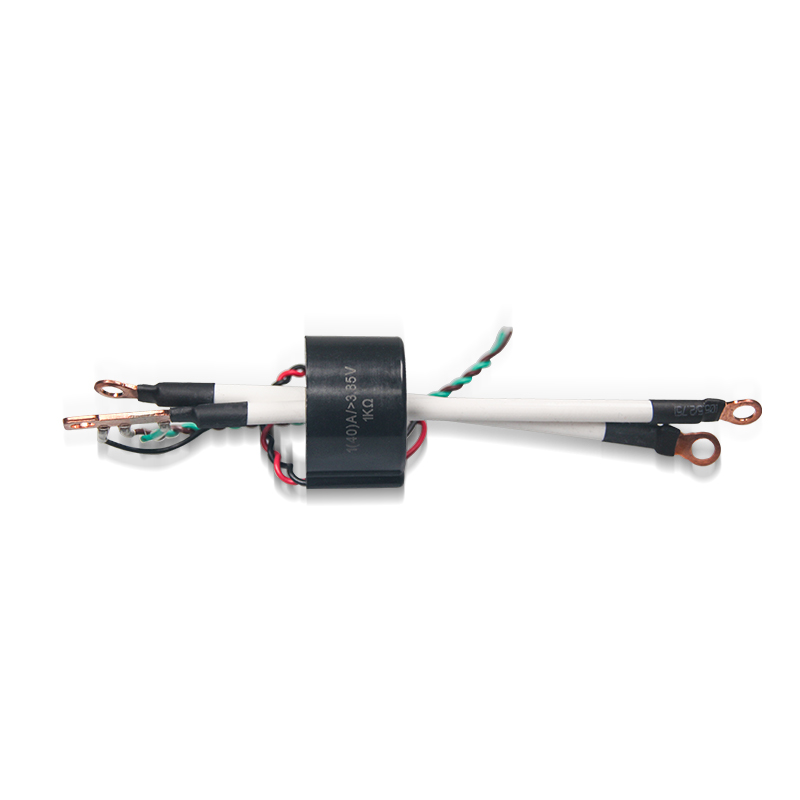Types of Magnetic Cores
There are various types of magnetic cores designed for specific applications, with each offering unique benefits in terms of magnetic permeability, energy efficiency, and performance.
Ferrite Cores
Ferrite cores are made from a ceramic compound consisting of iron oxide mixed with other metallic elements. These cores exhibit high magnetic permeability and low electrical conductivity, which makes them ideal for high-frequency applications. They are commonly used in transformers, inductors, and radio frequency (RF) applications because of their ability to reduce energy losses at high frequencies.
Iron Powder Cores
Iron powder cores are composed of small particles of iron coated with an insulating material. These cores are used in various inductors and transformers that require low core losses over a broad frequency range. The granular structure allows for better energy distribution, reducing the chance of saturation and maintaining efficiency in medium-frequency applications like power converters and radio communications.
Laminated Steel Cores
Laminated steel cores are constructed from thin layers of silicon steel stacked and insulated from each other to reduce eddy current losses. These cores are typically used in transformers for electrical power distribution due to their ability to handle large amounts of power with high efficiency at low frequencies.
Amorphous Metal Cores
Amorphous metal cores are relatively new and consist of a non-crystalline structure that significantly reduces energy losses. These cores are highly efficient and are used in energy-efficient transformers, where minimizing energy loss is crucial. Their unique properties make them valuable in industries focused on sustainable energy solutions.
Nanocrystalline Cores
Nanocrystalline cores offer ultra-low core losses and high permeability, especially in the high-frequency range. These cores are ideal for advanced applications such as power transformers, renewable energy systems, and electric vehicle components. Their high efficiency in converting energy helps reduce overall energy consumption.

Applications of Magnetic Cores
Magnetic cores are essential in a broad array of applications, where they enhance the performance of electrical and electronic devices.
Transformers
The primary function of a transformer is to transfer electrical energy between circuits. Magnetic cores are used to concentrate the magnetic flux, allowing transformers to step voltage up or down with minimal energy loss. Transformers that power homes and businesses often use laminated steel or amorphous metal cores for improved efficiency.
Inductors
Inductors store energy in a magnetic field and are used in power supplies, filters, and other electrical circuits. Magnetic cores, especially ferrite and iron powder types, help enhance inductance by concentrating the magnetic field and reducing energy losses, especially in high-frequency applications.
Motors and Generators
In motors and generators, magnetic cores are used to channel magnetic fields and convert electrical energy into mechanical energy and vice versa. Laminated steel cores are often used in large motors and generators, while ferrite cores are utilized in smaller electronic motors.
Wireless
Chargers The use of magnetic cores in wireless charging systems is becoming more prevalent. These cores help focus the magnetic field to ensure efficient energy transfer between the charging pad and the device, minimizing energy loss and heat generation.
Importance of Magnetic Cores
Magnetic cores enhance the efficiency and performance of various electrical and electronic systems. By concentrating the magnetic field, they reduce the amount of energy required to perform a given task, ultimately improving the overall energy efficiency of devices. In applications like power generation and distribution, using efficient magnetic cores directly translates to lower energy costs and a reduced environmental impact.

 English
English 中文简体
中文简体 Deutsch
Deutsch 日本語
日本語

 View More >>
View More >> View More >>
View More >> View More >>
View More >> View More >>
View More >> View More >>
View More >> View More >>
View More >> View More >>
View More >> View More >>
View More >>